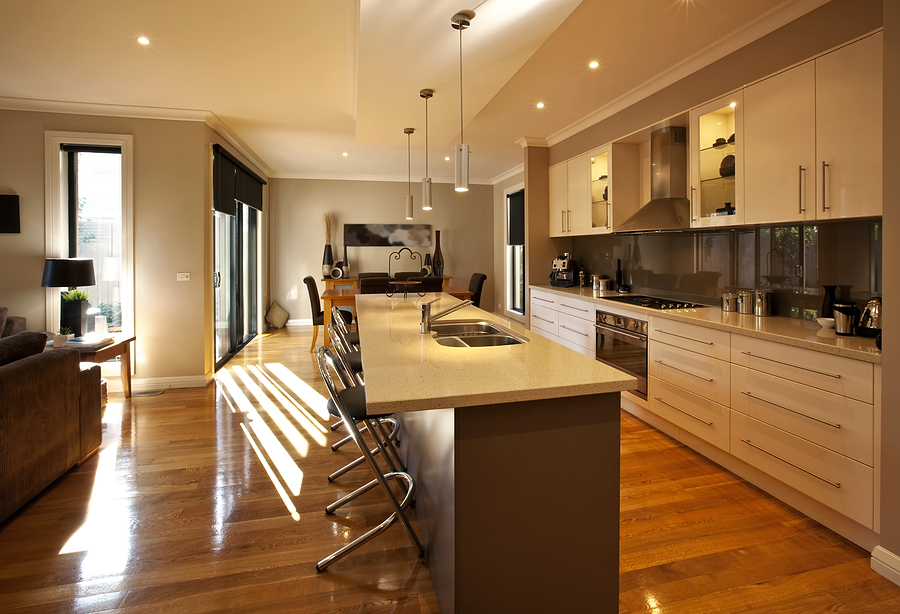Hardwood flooring has been with us for years and is loved because it portrays an unparalleled natural beauty that blends well with any décor. Whether modern or traditional décor or even country, hardwood timber floor is the best solution that matches these types of décor. You can install hardwood flooring in any room of your home; however, special considerations are necessary for the kitchens and basements.
On the market today, hardwood floors come at a high cost and with a reason. This type of flooring is beautiful and the most versatile for most homeowners. It displays luxurious looks and feels and adds natural appeal and style. This provides a friendly atmosphere in the home. Besides its elegant aesthetics, hardwood flooring is a durable solution for many homes. Hardwood floors can stay for more than a century with proper care. Many older buildings that date from the 1800s and even the 1700s have hardwood timber floors and don’t seem to go out of fashion like their counterparts. The best about this type of flooring is that you easily clean it.
Comparing the Types of Hardwood Timber Flooring

Hardwood flooring varies depending on the style and design.
Unfinished vs. Finished hardwood timber floor
If you are looking for a custom stain before the final finish, then going for unfinished hardwood flooring is your perfect option. This way, you can easily match the color of the current flooring. After installation and staining, the hardwood floor is coated with plenty of protective finish. Unfinished flooring is ideal for the kitchen because the finish infiltrates and covers the seams between boards. This aids in preventing water from percolating in the boards.
The finished hardwood timber floor is obtained from the factory already sanded and sealed. This means that the installation bit occurs pretty fast. Here, the floors don’t produce any whiffs and VOCs from finishing on the premises. What’s more, you can walk on the floor immediately after the installation.
Solid vs. Engineered
Solid hardwood timber floor refers to all wood with a thickness of 5/8 to ¾ inches. Given its solid nature, sanding and refinishing can be applied severally. Nevertheless, solid hardwood is affected by the changes in humidity. Therefore, it is not suitable for below-ground basements.
Engineered hardwood flooring, on the other hand, is a layer of real wood that is glued to several other layers of wood beneath, similar to plywood. Doing this ensures excellent stability for ages and is a perfect choice for different areas in your home, even the below-ground basements. The thickness of the hardwood veneer determines how many times you can sand and refinish the engineered hardwood floor. Mostly, you can sand and refinish this type two times in your lifetime.
Choosing the Best Hardwood Flooring Species
The best hardwood timber floors feature readily available species of wood. Examples of good flooring options include oak, maple, and cherry flooring. Other species like walnut, bamboo grass, ash, and mahogany are also good. Teak, Mesquite, and jarrah are exotic species of hardwood timber floor and require you to dig deeper into the pockets for a pair. That said, when choosing hardwood flooring, it is ideal to look for one that is obtained from ecologically gathered forests.
With age, wood flooring acquires scratches which makes it dull. Unlike other types, hardwood flooring can easily regain its shine by refinishing. You can either involve a professional or do it yourself. However, if you choose the latter, ensure to avoid common mistakes that are left behind by using heavy piece machinery. When refinishing, you are required to put on a good mask, ear protectors, and goggles as this is a very dusty and noisy job. Otherwise, wood flooring is the best option for many homes.
